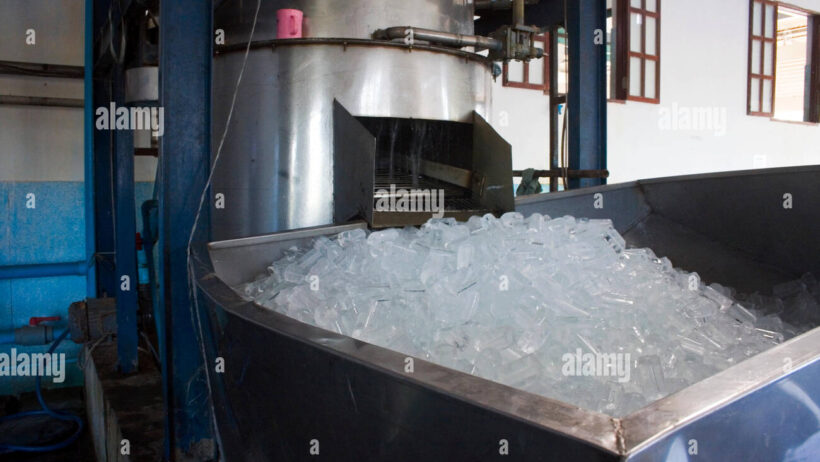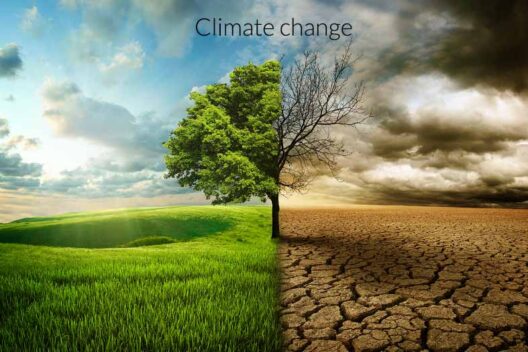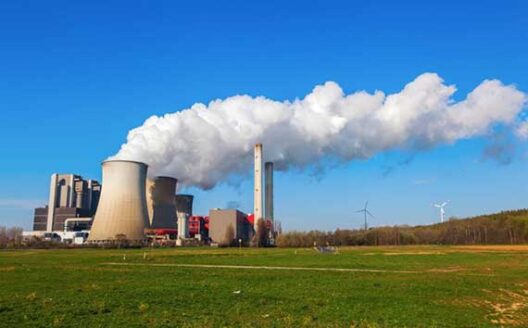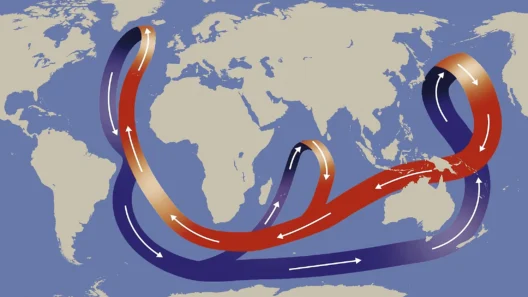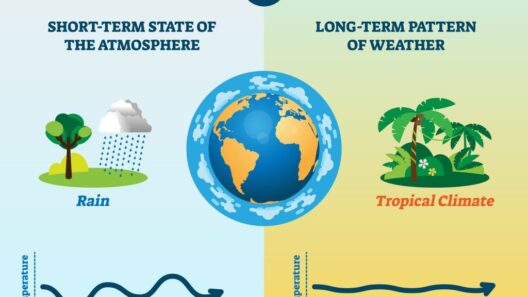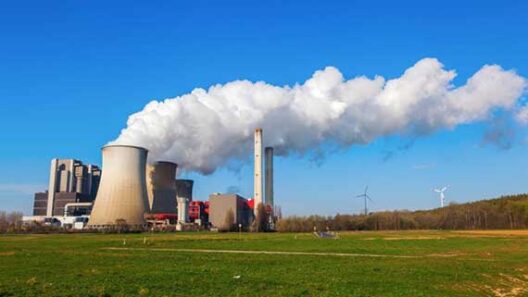In the grand tapestry of our industrialized world, the enchanting allure of ice often belies its profound implications for the environment. The manufacturing of ice, though a service rendered to humankind, oscillates perilously on the fulcrum of climate change, amplifying the very warming processes we seek to mitigate. This intricate relationship between ice production and environmental impact unveils a narrative that transcends mere convenience, revealing a poignant metaphor: the fragility of frozen realms is a reflection of our own ecological balance.
At its core, ice manufacturing is an intricate symphony of processes that involve the manipulation of water through chilling mechanisms, often powered by fossil fuels. Vast facilities, akin to mechanical behemoths, rise from the earth, diligently churning out blocks and flakes that will eventually serve purposes ranging from culinary embellishment to commercial utility. Yet, each cubic inch of pristine ice embodies a paradox, a fleeting resin of a much larger atmospheric dilemma.
To grasp the full scale of this paradox, one must consider the energy-intensive nature of ice production. Modern ice manufacturing plants require substantial electrical power, leading to elevated carbon footprints. In many instances, this energy is derived from non-renewable sources, perpetuating a cycle of greenhouse gas emissions that seep silently into the atmosphere. This insidious pattern is reminiscent of the proverbial canary in the coal mine, serving as an early warning signal of an over-extended ecological balance. The more ice we produce, the more we inadvertently stoke the flames of global warming.
The advent of refrigeration technology, while an innovation paving the way for food preservation and health benefits, has unwittingly cranked the dial on our collective energy consumption. Expansive refrigeration units, such as those found in commercial kitchens and food processing centers, are akin to titanic icebergs in their own right, consuming vast amounts of energy akin to a leviathan devouring everything in its path. The seamless integration of ice into everyday life results in an invisible burden on the environment that accumulates behind the scenes.
Moreover, the melting of manufactured ice and the systemic iceberg it represents is a harbinger of a larger conundrum. As global temperatures continue their upward trajectory, natural ice reserves, including glaciers and polar packs, are dissolving at an alarming rate. This cascading effect not only raises sea levels but also diminishes the Earth’s capacity to reflect sunlight, exacerbating the greenhouse effect. Much like a great painter loses essential colors from his palette, our planet becomes less equipped to sustain balanced climates.
From the context of local economies, the ice industry is often viewed as a boon, providing jobs and stimulating economic growth. Communities benefit from reduced waste spoilage thanks to ample ice availability, and recreational venues flourish with the frosty embrace of synthetic ice. Yet, the high environmental costs of this industry often go unnoticed, cloaked behind the thin veneer of community advantage. The challenge lies in balancing these local socio-economic benefits with the enduring health of our global ecosystem.
Intriguingly, the ice industry reflects a broader metaphor in our society: the delicate balance between consumption and conservation. The allure of convenience often trumps the more arduous realities of sustainable practices. While manufacturing ice might seem trivial, it simulates a larger dance of dependence on fossil fuels and energy consumption, where each pirouette leads us further from a harmonious relationship with nature.
Environmental stewardship can emerge as a potential solution to this predicament. Innovations in green technologies, such as solar-powered ice machines or energy-efficient refrigeration units, encapsulate a path forward—one that diminishes reliance on fossil fuels and mitigates carbon emissions. For instance, solar thermal panels can harness energy from the sun, converting it into usable power for ice manufacturing. This intersection of technology and sustainability illuminates an avenue where industry can contribute positively to the environment rather than perpetuating its degradation.
Public awareness also plays a crucial role in shaping the future of the ice manufacturing industry. As consumers become more conscientious about their choices, they wield an unparalleled power that can drive industries to evolve. Raising awareness about the energy demands of ice production and advocating for responsibly sourced ice can encourage manufacturers to adopt cleaner energy solutions. By educating consumers about the consequences of energy waste, a movement towards sustainable practices can burgeon.
In conclusion, the world of ice manufacturing mirrors our broader ecological challenges, encapsulating the contradictions inherent in humanity’s industrious nature. While ice serves as a metaphorical shard of clarity in understanding our role within the climate crisis, it also invites a reflective inquiry into our consumption practices. The roadmap to an environmentally sound future lies not solely in technology or innovation but in our collective resolve to redefine what convenience means in the face of urgency. As we traverse through this epoch marked by climate volatility, the gentle aisles of melting ice beckon us to acknowledge the fragility of our planet and the actions required to safeguard its delicate equilibrium for generations to come.

